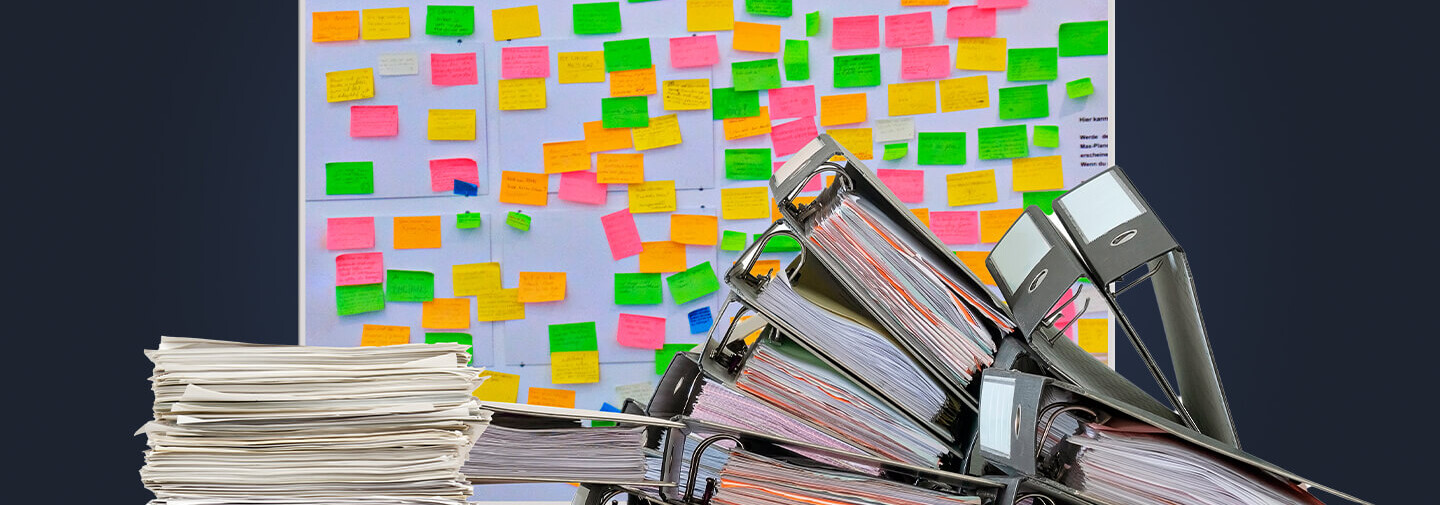Manual processes have costly consequences, from time consumed, to the heightened risk of human error. The allocation whiteboard and the processes involved in updating and communicating changes to it are inefficient.
Too often allocators are scrambling for last-minute crew replacements and conducting asset shuffles for emergency jobs. In addition, they need to ensure that all allocations are compliant with WHS regulations. This entails the collection and processing of countless timesheets, dockets, SWMS, JSA’s and pre-starts.
When the allocation whiteboard is the source of truth, often the process surrounding communicating its information is also manual. Consequently, a domino effect takes place, whereby each stage accrues further delays.
Allocators spend a lot of time relying on their memory to schedule available and compliant crews, as well as assets that are not nearing any major maintenance work. Furthermore, allocators have to call their workers to lock them in for jobs but even bulk text messages have a back and forth for job confirmations.
Self-perform and subcontractors are digitising their allocation whiteboard
Jayke Zimmermann, Allocator at Stefanutti Construction reflected upon transitioning from manual systems to Assignar, stating “the scheduling is so much easier. We can schedule weeks or months in advance. It just makes the workplace so much more relaxed and less stressful…I couldn’t believe it, after two weeks my phone calls are less than half now. There are 2-3 hours in a day that we have saved and now have time to do all the other things we’re trying to catch up or even do more business development”.
Furthermore, Gordon Smith-Gander, Chief Commercial Officer at Kwik Logistics further highlights the savings his business has experienced since digitising their systems.
“from an admin perspective, our staff have saved 4 hours collectively a day by removing manual processes. Calculated across a year of working, this equates to over $35,000 a year of savings”.





